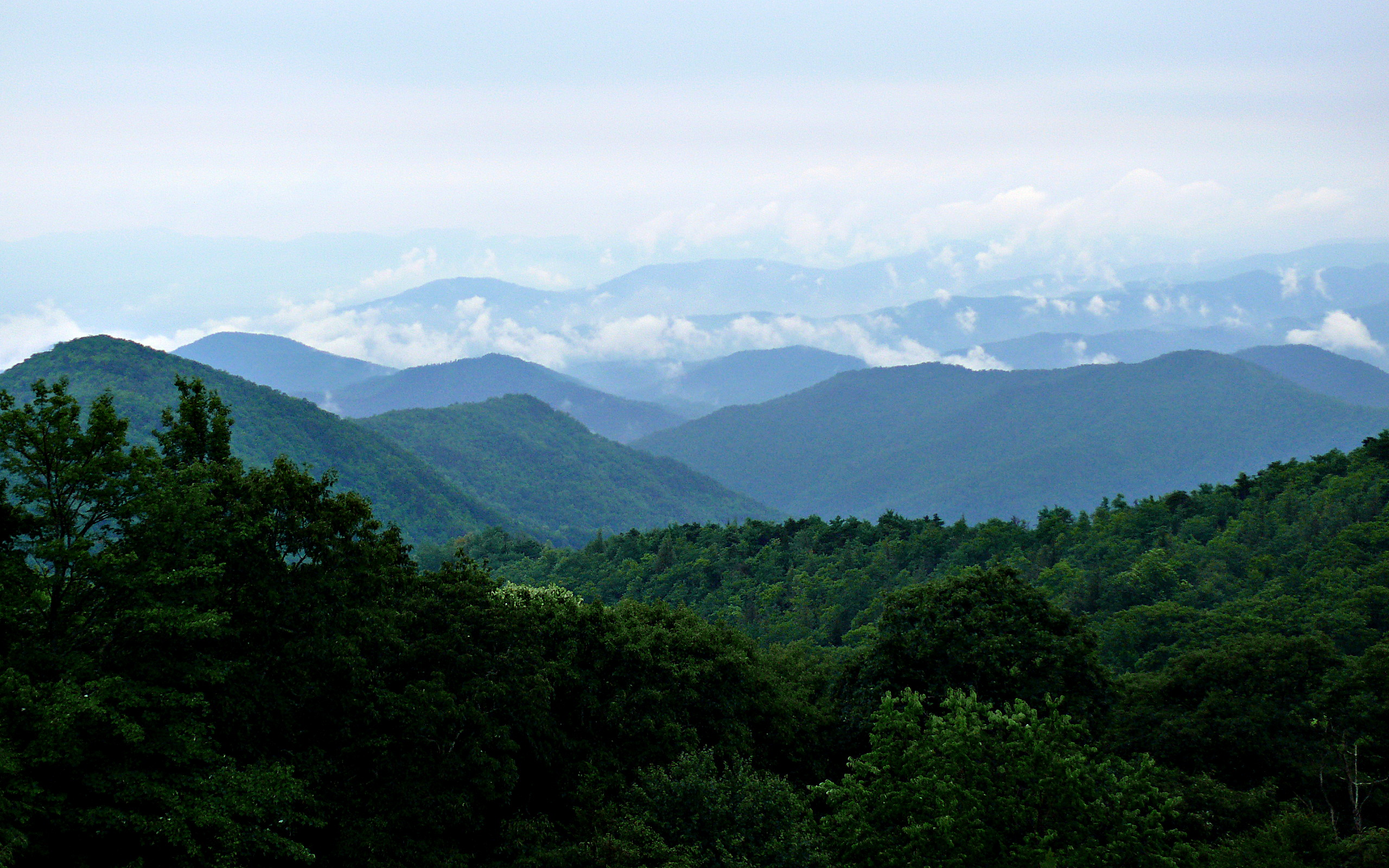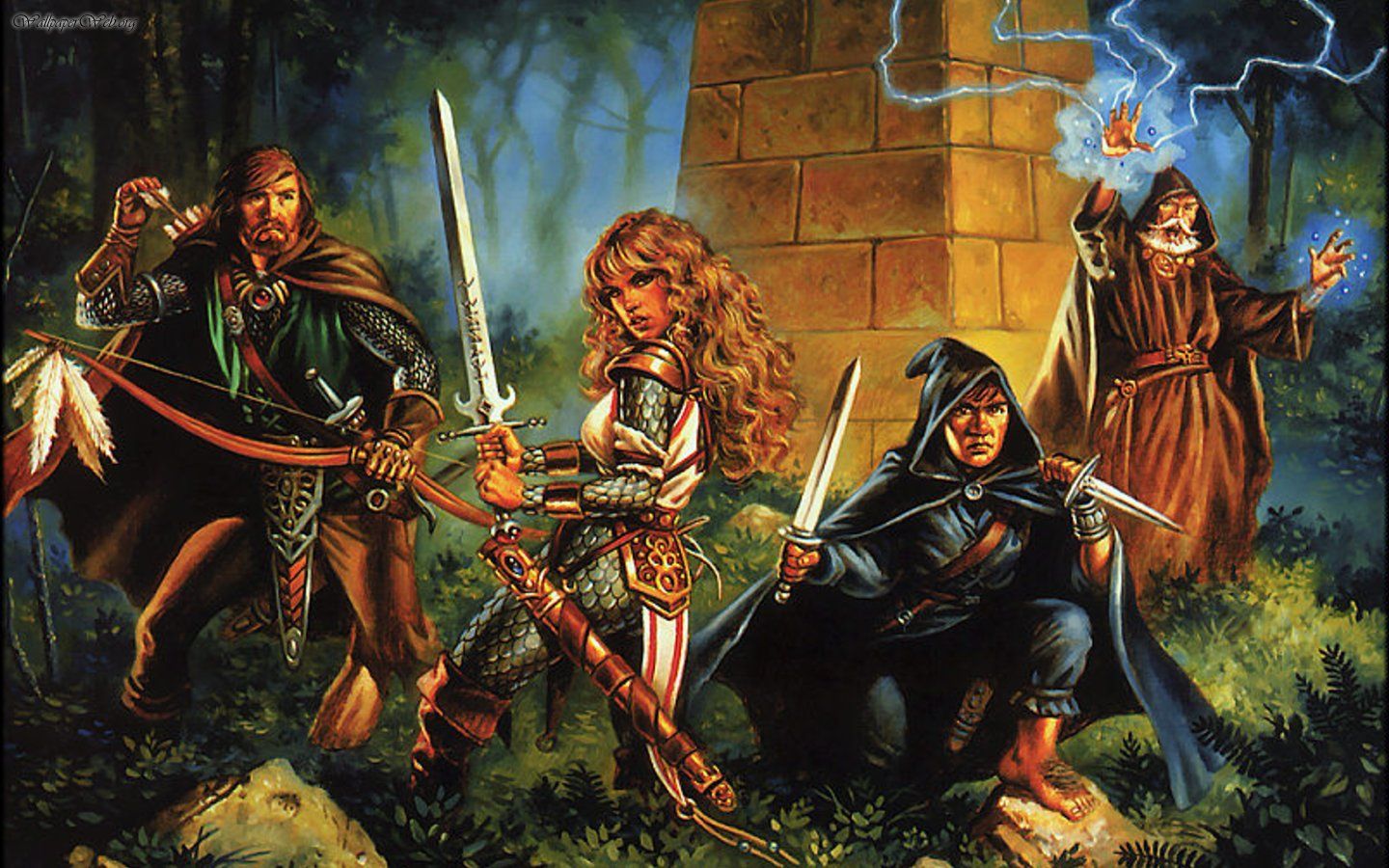There is often a perceived lack of support when it comes to exploration in Dungeons and Dragons (Or Tales of the Valliant and other variants). The game has had that aspect for a long time, but the bulk of the rules are built around combat. Now there are a lot of reasons for this fact.
Of course, one reason for its having more combat rules is due to the wargaming origins of the hobby but that is not all. combat is complex and the most contentious of challenges. If I fail to notice that the dust hasn’t been disturbed, I will not find myself bleeding out because of it. If I get lost in an exploration challenge, it is inconvenient but rarely character-ending.
Also, you need rules to handle the things that are harder to negotiate. The complexity of combat and the various perceptions of it lead to just more levers to flip. When it comes to a fight scene, you will just have more rules. It is reasonable that combat gets more rules in the game of high-action adventure. That said, it is true that there should be more support for the exploration and investigation activity in the game.
Let’s not talk about the fact that the 4th edition actually had a skill challenge system that they got rid of instead of updating it when 5th edition came out.
Thinking about this subject, I think I came across a solution to making exploration more interesting.
By Degrees
Before I get in too deep, I need to explain one change to the usual iterations of the system. The majority of the time, DND does not have an idea of degrees of success. If you roll your target number or higher it is usually the same result. Particularly when discussing skill challenges. When you roll a crit on a skill challenge, rules as written, it doesn’t do you any better.
What is more, if you beat your target number by a lot, it doesn’t help you any more than just hitting the target number. To make exploration and investigation more interesting, I propose changing this aspect of the rules. The way in which I would improve investigation and exploration is to introduce the concept of degrees of success, or points of success.
If your roll beats your target number, you get one point for every degree of success. If your target number is 15, and you roll 16, you get 2 points; One for meeting the target number, and one for beating it by 1. If you rolled an 18, that would be 4 points. One for the target number, and 3 above it.
With that idea in hand, let’s move on to how to use that in investigation and exploration.
Exploration
Now that we are counting points from skill roles related to exploration, what do you do with the points?
To answer that, we change how we format exploration. Instead of having people roll a skill check every day to see if they find their way, you treat a day’s travel as a menu of opportunities. Each option requires points. In most environments finding your way would cost one point. Speeding up your travel could cost an extra 2 points. Hunting up and scrounging for food, could also be two points. And avoiding a dangerous encounter could be 3 points.
Side note: The skill rolls I would use for exploration can be broad if you are willing to accept some creative arguments. Survival and Nature are both your most likely skills, but Athletics could be argued for their endurance in crossing the terrain, and enduring hardships to get to the goal or Perception to perceive the the signs of danger ahead and civilization. Whatever the skill, they should only roll once per day, for the whole group, but the person making the roll can be assisted and get advantage.
The actual cost would vary based on the environment that you’re exploring, and the overall danger of the place you’re traveling through. It could be separated into tiers. This seems maybe arbitrary, but a certain amount of abstraction is always going to be a part of the rules. The higher the tier the higher the target number you must reach. Anything over that target number is spent for various things that the game master sets up ahead of time.
| Exploration Tier | Difficulty |
| Tier One (A normal forest, a restful sea, a low mountain) | DC 13 |
| Tier Two (tall mountains, overgrown forests, thick jungles, dangerous seas) | DC 15 |
| Tier Three (A blasted wasteland, a zone of dimensional intrusion, an extensive cave network) | DC 17 |
| Tier Four (Navigating another plane, finding your way in an alien environment) | DC 19 |
The dungeon master, when preparing an exploration challenge, should figure out what sorts of things they will have as possible encounters. This can be from a random encounter table or some story-specific thing that may help the PC’s. It does not need to be combat. In many ways, it’s probably better that more of them are not combat.
When they begin the exploration challenge the players should know the point cost for various things. For instance, they should know how many points they need to have to navigate the forest. They should know how many points they can spend to accelerate their travel. They should know the cost to avoid an encounter but not what the encounter is. If you have multiple encounters, they will all be the same cost. The PC’s may not know what kind of encounter they are avoiding, so they may choose to actually encounter it hoping to get clues or maybe a little loot.
The cost of doing certain things should go up as the tiers go up. Navigating through a Tier 1 forest should probably just be one point. Navigating through a Tier 4 extra planer journey, should B more expensive probably 4 points.

Navigation is a straightforward activity and easy to understand. Scrounging for food should be an activity to gather necessary sustenance from the environment to feed the entire party. Accelerating your travel, beyond the story elements of it, should decrease the number of intervals of travel.
Once you have figured out the cost to traverse the environment, you should figure out how long the travel will be. Note, that I do not say how long the distance is. That is going to vary by so many factors that figuring out what the distance they are covering will not be useful. At least, not to the dungeon master running the game.
You figure out how many time intervals of travel it takes to travel, and for each interval, they make another check. Note: Intervals can vary based on environment and story needs. A sea voyage of a month shouldn’t be making 30 checks because that isn’t interesting, but you could make a check a week. Say the forest takes five days to cross. The Ranger makes a survival check on the first day. They only get a few points above the DC, so they can only afford to pay for navigation and scrounging food on the first day. On their second day, they roll much better and can afford to accelerate their travel, taking a day off the trip.
Here are a couple of examples of what should be presented to the players.
The Fallwood Forrest (Tier 1 Forrest Trek) 5 days (5 checks) DC 13
- Navigation 1 pt.
- Scrounging for food 1 pt
- Accelerating your travel 2 pts
- Avoid encounter A 2 pts
- Avoid encounter B 2pts
The Cauldron Straits (Tier 2 Sea Voyage) 3 Weeks (3 checks) DC 15
- Navigation 2 pt.
- Scrounging for food 2 pt
- Accelerating your travel 3 pts
- Avoid encounter A 2 pts
- Avoid encounter B 2 pts
The Thorben Wastes (Tier 3 Wasteland Trek) 2 Weeks (7 checks) DC 18
- Navigation 3 pt.
- Scrounging for food 3 pt
- Accelerating your travel 3 pts
- Avoid Exhaustion 2 pt
- Avoid encounter A 1 pts
- Avoid encounter B 1 pts
This particular structure rewards those who make decisions to prioritize certain skills. If they roll well, they can decide how much of an encounter they are going to get. It also allows you to play with the tension of time. If they’re trying to beat the villain to the next town, failing your role and being stuck, or being able to afford to accelerate their travel will make that story play out differently.
If the DM wants there to be a very specific encounter that they cannot avoid during that travel, they should set that as a known outcome. Don’t let the players think that they didn’t spin their points well enough to avoid the other encounters, make it clear there is a very specific encounter you want them to have, to avoid confusion and feeling like the choice was taken away from them or that they had wasted their effort.
I would in fact recommend that DM’s should make the encounters that they want them to have be the destination of their trip, rather than somewhere in the middle.
There are a few possible ways that this could be modified at times. Maybe that Tier 1 forest is harder to hunt in, so the scrounging would cost more. The players will see that on the write-up for the forest and will know that that will be an issue.
Note: I think as a secondary effect of the Ranger Deft Explorer feature, they always have one point to spend on exploration and all other points acquired are in addition.
I could iterate further on this idea, and I have not covered all the minutia yet, but this framework is good.
I could see this being applied to investigation and social encounters, as well, though the implementation might need to be adjusted for those situations. Ultimately, the system only gets you so far. You still have to have an idea of what the place you are exploring is and be able to relay that through description and tone. That will come with practice.



